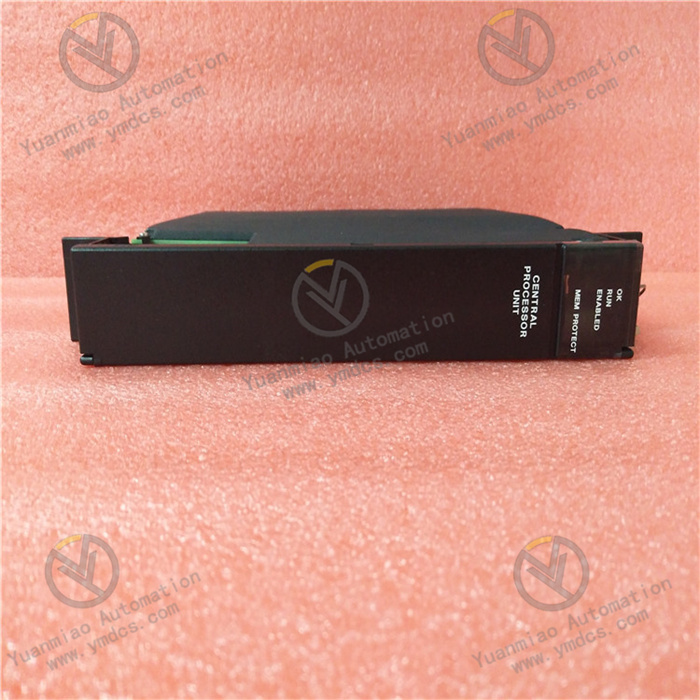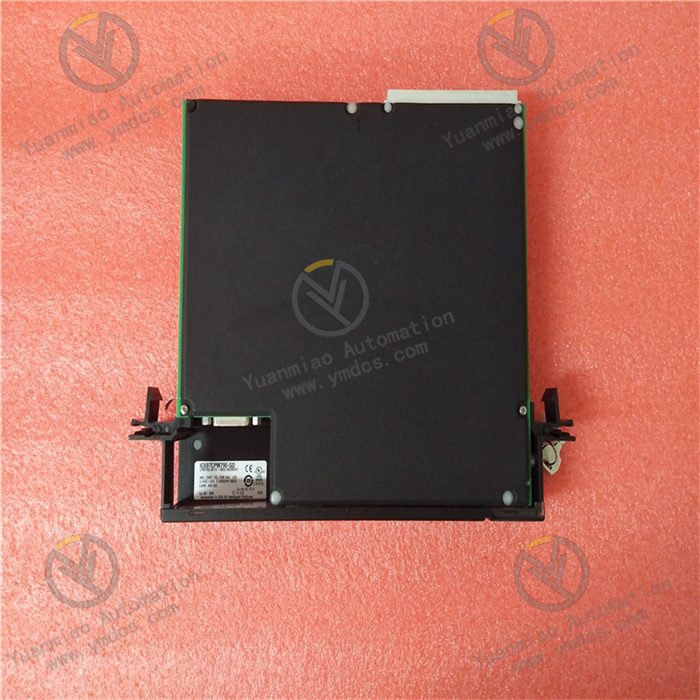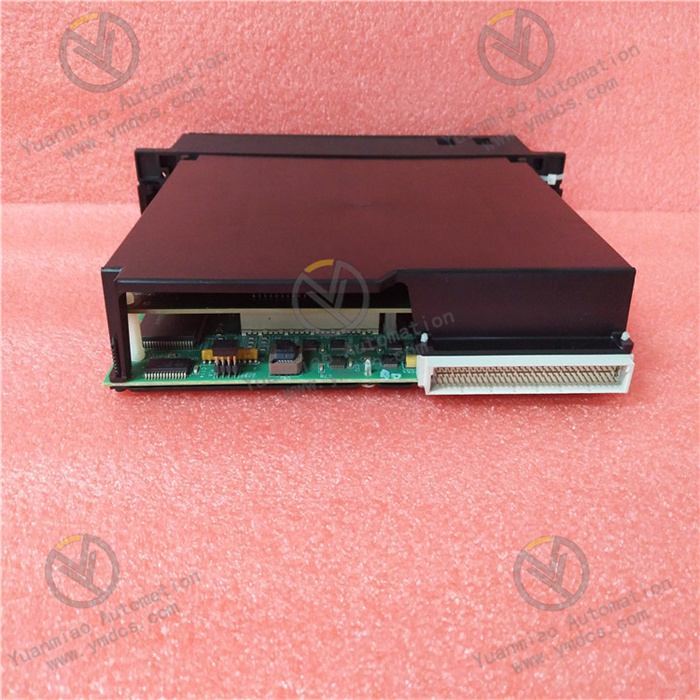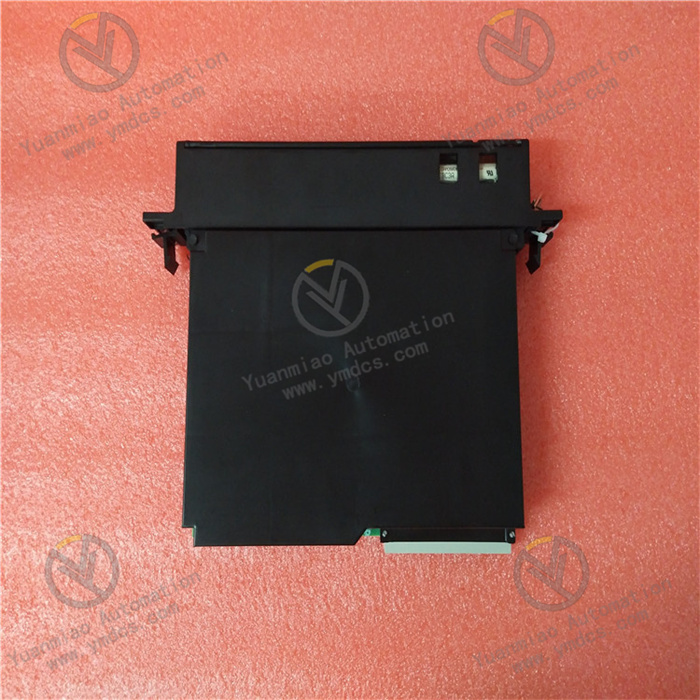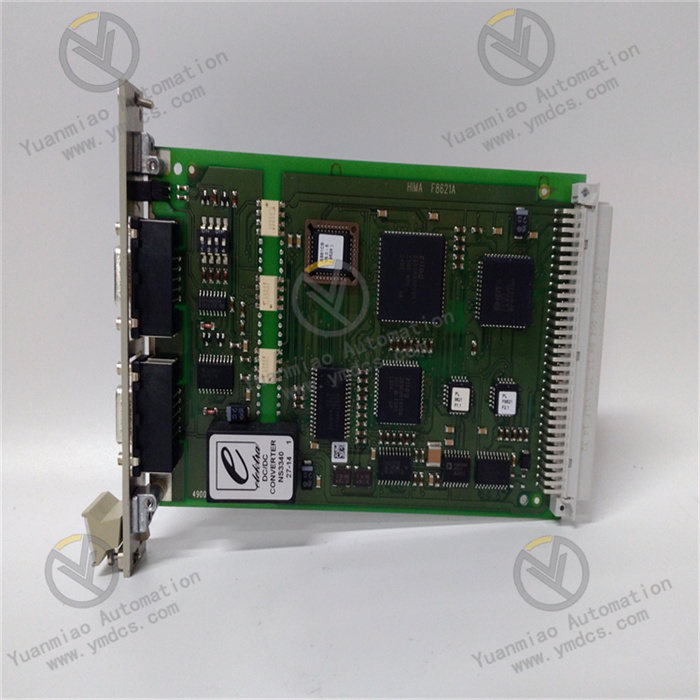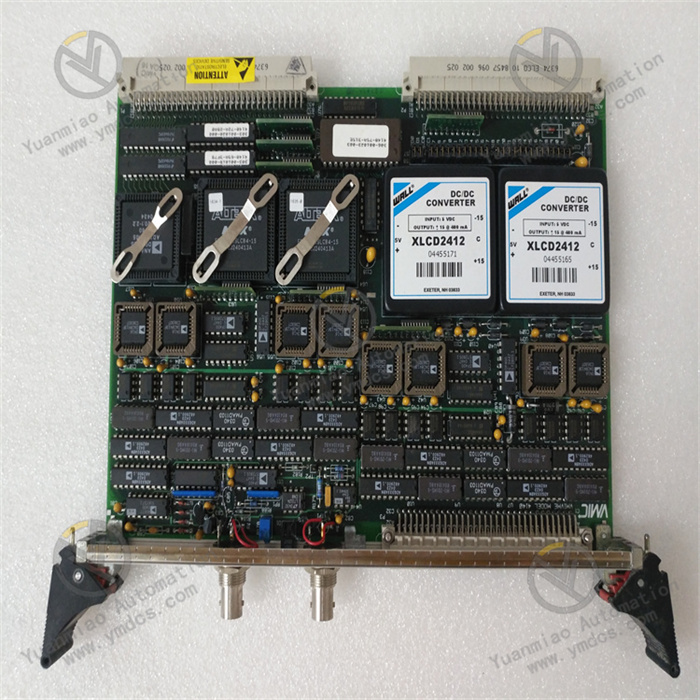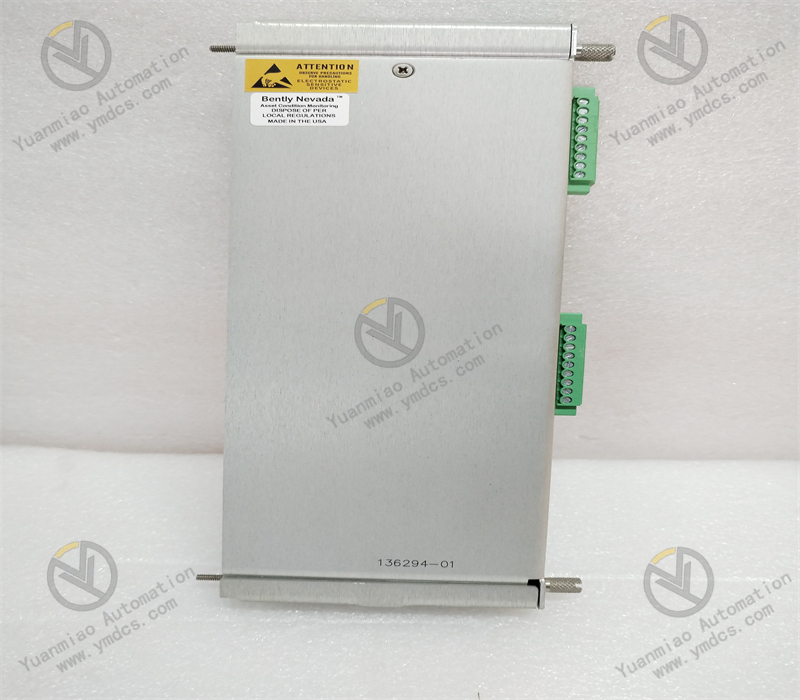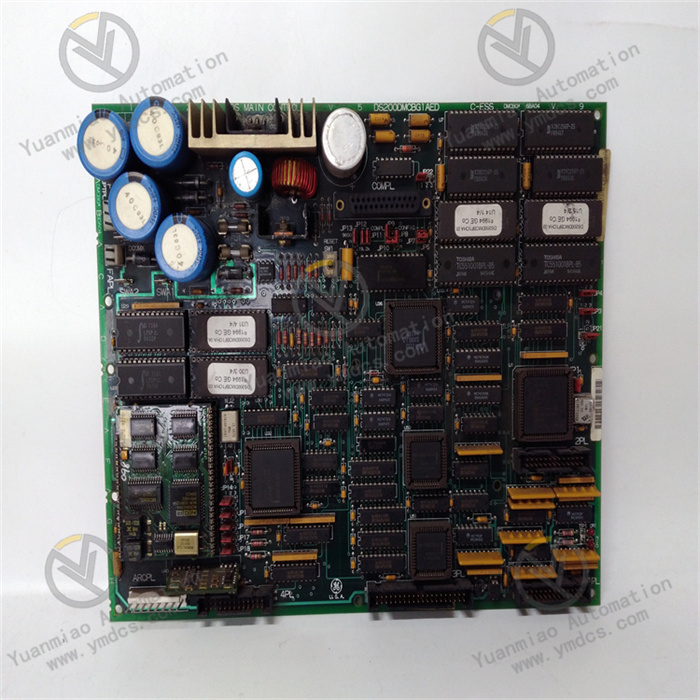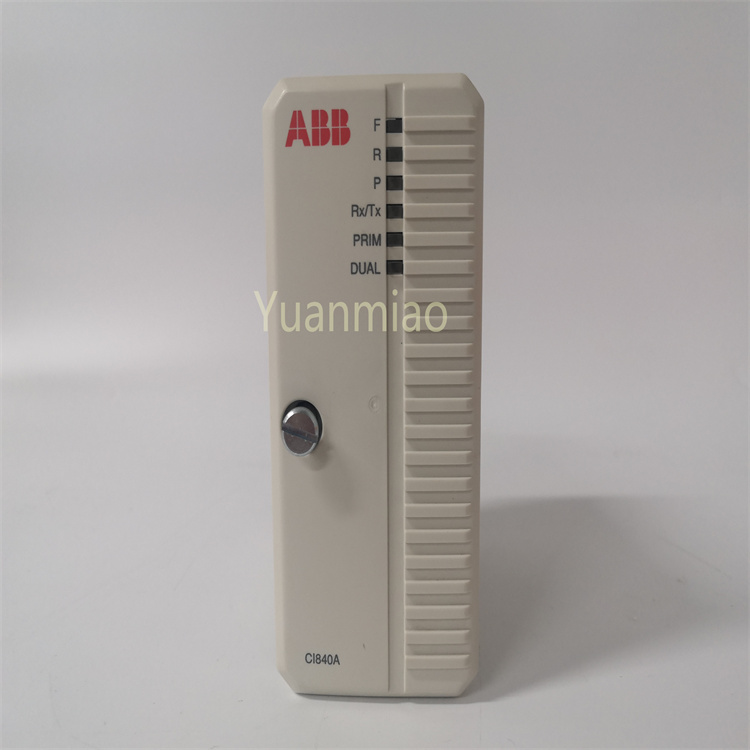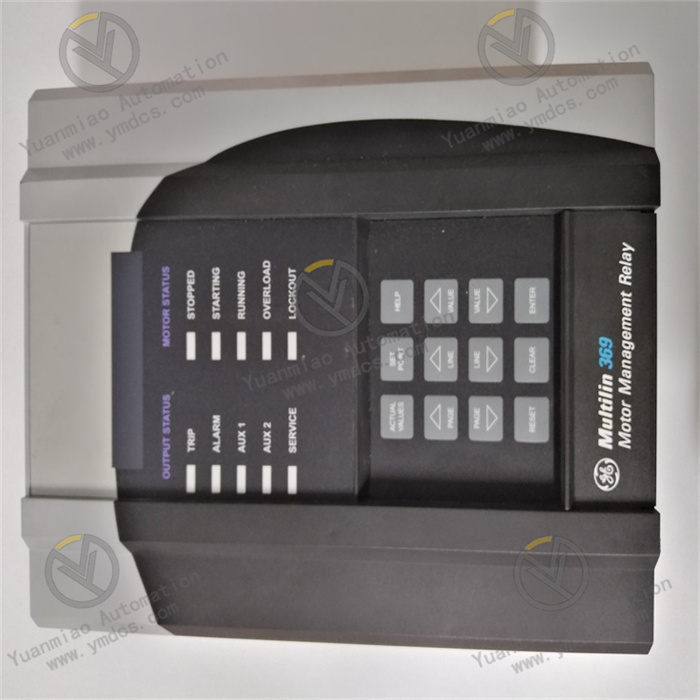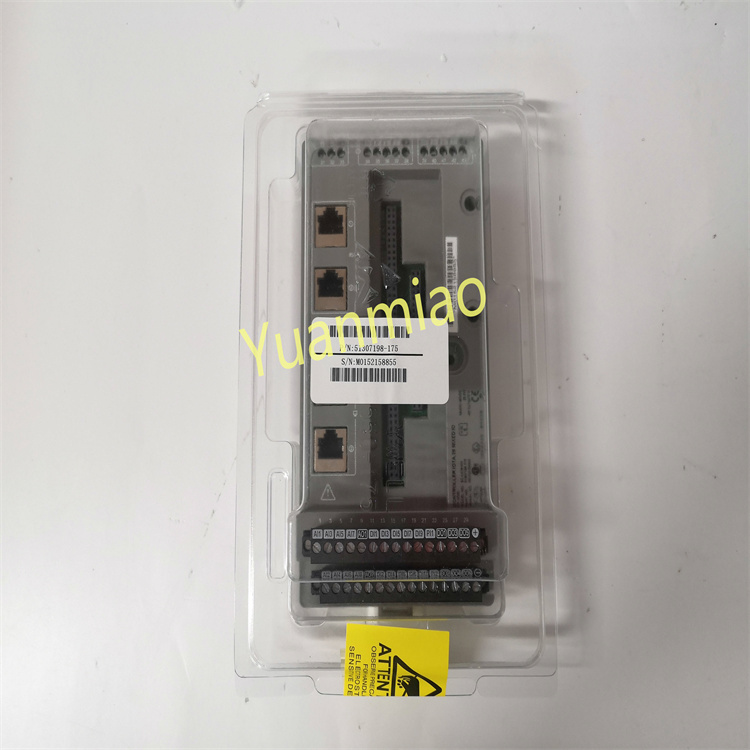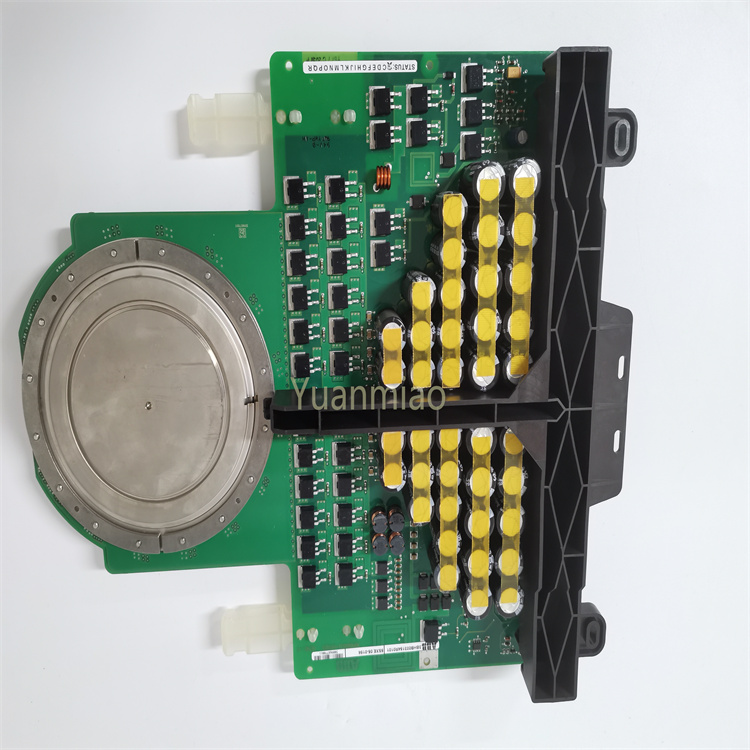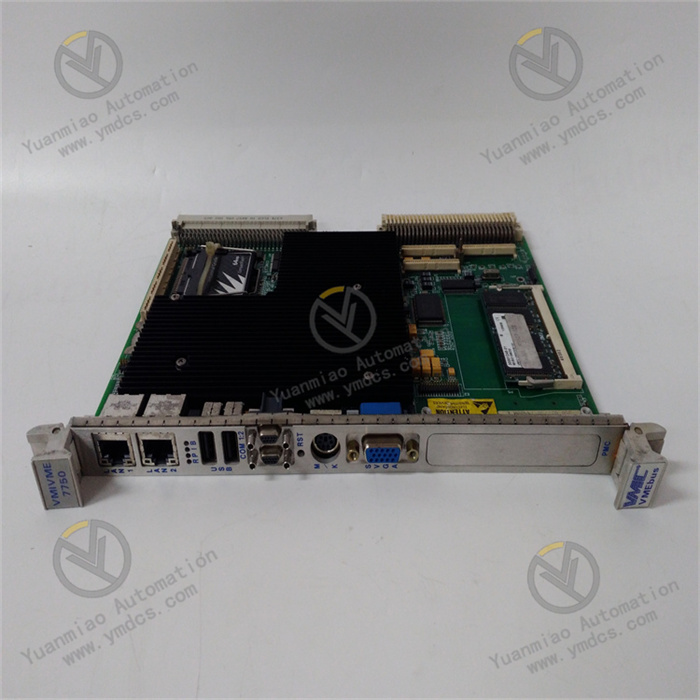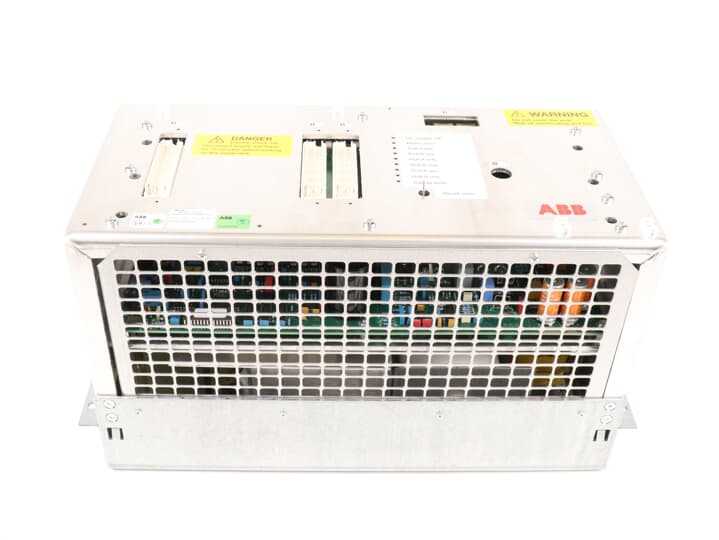Description
GE Fanuc IC697CPM790-GD
The GE Fanuc IC697CPM790-GD is a redundant Central Processing Unit (CPU) module for Programmable Logic Controllers (PLCs). It belongs to the GE 90-70 series PLC product family and serves as the enhanced redundant version of the IC697CPM790-FD. Its core positioning is to address the key requirements of large-scale critical industrial systems, including "uninterrupted continuous operation, high-speed computation of complex logic, stable adaptation to extreme environments, and collaborative control of multiple devices". It provides a full-link solution of "dual-machine hot standby - data synchronization - fault tolerance - safety interlock" for industries with extremely high requirements for system availability, such as power generation, petrochemicals, nuclear power, and rail transit (e.g., auxiliary control systems of large nuclear power plants, million-ton-level integrated refining and chemical units, and urban rail transit signal systems). This ensures zero downtime of the system in 365 days × 24 hours continuous production scenarios, reducing economic losses and safety risks caused by equipment failures.
In the auxiliary control systems of nuclear islands in nuclear power plants (e.g., coolant circulation pumps, ventilation systems), this CPU module adopts a 1:1 hot standby redundancy design. The main and standby CPUs operate synchronously, with a fault switching time of ≤30ms, ensuring uninterrupted operation of critical auxiliary equipment in the nuclear island and meeting the strict equipment availability requirements of nuclear safety regulations (availability ≥99.999%). In 1.5 million ton/year PX (p-xylene) units in the petrochemical industry, it can simultaneously handle the four-parameter cascade control of "temperature-pressure-flow-liquid level" for 30 reaction units, supporting millisecond-level interlock signal interaction with SIS (Safety Instrumented System). When an overpressure of the reactor (≥10MPa) is detected, it triggers the action of the emergency pressure relief valve within 10ms to avoid explosion risks. In the traction power supply system of urban rail transit, it can real-time collect current and voltage signals from more than 100 power supply circuits, upload data to the dispatching center via redundant communication links, and execute the power supply switching logic during train startup and shutdown, ensuring stable traction power supply and preventing train outages (the loss of a single outage exceeds 1 million RMB).
The IC697CPM790-GD adopts an industrial-grade reinforced modular architecture with dimensions of 160mm×120mm×45mm (the thickness of the redundant synchronization module is increased compared to the FD version). It is compatible with the 10-slot/16-slot standard redundant racks of the GE 90-70 series and supports parallel redundant expansion of dual CPUs (only 1:1 hot standby is supported, and multi-CPU distributed control is not supported). The CPU core is upgraded to a 32-bit RISC processor (with a main frequency of 600MHz), paired with a Xilinx Spartan-7 FPGA (50k logic units). Its computing performance is 30% higher than that of the FD version (130k steps/ms for Ladder Diagram, 260k steps/ms for Structured Text). The housing is made of UL94 V-0 grade flame-retardant alloy material with an IP20 protection rating, and has a built-in dust filter and thermal silica pad to enhance heat dissipation and dust protection. The operating temperature range is expanded to -40℃~75℃, with a relative humidity of 5%~95% (non-condensing), making it compatible with high-temperature refining and chemical unit areas and low-temperature plateau outdoor control cabinets. Internally, it adopts a four-independent isolation design of "core computing - data synchronization - communication interface - power module". The redundant synchronization module uses optical fiber media (with better anti-interference performance than copper cables), with a synchronization cycle of ≤500μs, effectively resisting strong electromagnetic interference in industrial sites (e.g., high-voltage frequency converters, large motor startups). The Mean Time Between Failures (MTBF) is ≥300,000 hours (per Telcordia standard at 25℃). It is compatible with GE CIMPLICITY HMI and third-party safety systems (e.g., Honeywell Safety Manager), and supports protocols such as OPC UA, Modbus TCP, and EtherNet/IP, reducing the difficulty of cross-system integration.
With "zero interruption" as its core goal, the IC697CPM790-GD achieves system-level high availability through deep integration of hardware redundancy and software fault tolerance:
Dual Optical Fiber Synchronization Redundancy: It adopts dual optical fiber synchronization links (independent for main and standby), with a transmission distance of up to 5km, supporting cross-cabinet redundant configuration (e.g., separate arrangement of nuclear island and conventional island in nuclear power plants). The synchronization cycle is ≤500μs, and the data consistency error between main and standby CPUs is ≤1μs, avoiding control deviations after switching caused by synchronization delays. In PX units, when the main CPU fails, the standby CPU takes over within 30ms, and the temperature control deviation of the reactor is ≤0.1℃ without process fluctuations.
Comprehensive Fault Detection: In addition to conventional fault detection for CPU core, memory, and communication, it adds dedicated redundancy diagnosis functions such as redundant link disconnection, synchronization data verification error, and standby CPU power abnormality, with a diagnostic coverage rate of 100%. When the optical fiber synchronization link is disconnected, it immediately switches to the copper cable backup link and sends a "redundant link switching" alarm via HMI. Maintenance personnel can replace the faulty optical fiber online without shutting down the system.
Hot-Swap Maintenance: It supports online hot-swap of main and standby CPU modules (with the cooperation of redundant racks). When replacing a faulty CPU, the other CPU operates normally, ensuring no system interruption. In the rail transit traction power supply system, maintenance personnel can replace the faulty CPU during the interval between train operations (30 minutes) without shutting down the power supply line, ensuring normal train operation.
To meet the control requirements of large-scale complex industrial systems, the module achieves dual improvements in computing capability and control accuracy through hardware upgrades and algorithm optimization:
30% Higher Computing Power: The 600MHz RISC processor, paired with an FPGA with 50k logic units, achieves a ladder diagram computing speed of 130k steps/ms, which is 30% higher than that of the FD version. In the 1.5 million ton/year PX unit, it can simultaneously run 30 sets of cascade PID control algorithms (including temperature, pressure, flow, and liquid level closed loops) with a control cycle of 500μs and a parameter adjustment response time of ≤5ms, which is much faster than traditional CPUs (≥20ms).
16-Level Task Priority: It supports 16-level task scheduling. "Safety interlock" can be set to level 0 (highest), "process control" to levels 1-5, and "data logging" to levels 6-15 (lowest). In the auxiliary control system of nuclear power plants, the "emergency shutdown of coolant pump" task (level 0) can preempt other tasks for priority execution, with a response time of ≤10ms, meeting the nuclear safety requirements for emergency handling.
ECC Memory Protection: The 1GB DDR4 SDRAM supports ECC (Error Checking and Correction) function, which can automatically detect and correct single-bit memory errors, avoiding program crashes or data abnormalities caused by memory errors. In long-term operating refining and chemical units, the ECC function can reduce more than 90% of memory-related faults and improve system stability.
In response to the strong electromagnetic interference and safety interlock requirements in industrial sites, the module achieves stable communication and safety compliance through hardware protection and protocol optimization:
Level 6 Electromagnetic Immunity: Its immunity is upgraded to the highest level of EN 55024, with EFT protection of ±4kV, surge protection of ±6kV, and RF radiation protection of 20V/m. In environments around high-voltage frequency converters (10kV) and large motors (10MW), the communication bit error rate is ≤10⁻⁹, and the control logic is executed without deviation. In the rolling mill control system of a steel plant, even with 10 frequency converters nearby, the CPU can still accurately collect the roll temperature and rolling force signals.
SIL 3 Level Safety Communication: It supports IEC 61508 SIL 3 level safety communication (TÜV certified) and encrypted transmission of safety interlock signals (e.g., emergency shutdown, overpressure relief), preventing signal tampering or interference. In the chemical SIS system, the interlock signal transmission between the CPU and the safety valve controller meets SIL 3 requirements, with an undetected fault rate of ≤10⁻⁹/h.
Redundant Communication Links: The 4 Ethernet ports and 2 RS485 ports all support redundant configuration. When the main communication link fails, it switches to the backup link within 10ms, ensuring uninterrupted data transmission. In the urban rail transit dispatching system, the dual Ethernet redundant links between the CPU and the dispatching center can ensure real-time upload of train operation data (e.g., position, speed), avoiding dispatching errors caused by communication interruptions.
In response to extreme industrial environments, the module achieves stable operation in all scenarios through hardware reinforcement and material upgrades:
-40℃~75℃ Wide-Temperature Design: It uses industrial-grade wide-temperature components (e.g., CPU chip operating temperature: -55℃~125℃, capacitor service life: ≥10,000 hours @125℃). Combined with internal thermal silica pads and housing heat dissipation fins, it maintains stable computing performance without attenuation in plateau outdoor control cabinets at -40℃ or refining and chemical unit areas at 75℃, enabling 1 year of trouble-free continuous operation.
3g Vibration Resistance and 20g Shock Resistance: Its mechanical performance is upgraded, with a vibration resistance rating of 3g (10-500Hz) and a shock resistance rating of 20g (11ms). In the traction control cabinet of a rail transit train (with a vibration of 2.5g), the module has no loosening or solder joint detachment, meeting the EN 50155 rail transit equipment standard.
Long Service Life and Low Maintenance: It uses gold-plated terminals (with a plug-in service life of ≥500 times) and a flame-retardant alloy housing (corrosion-resistant). The MTBF is ≥300,000 hours, and the maintenance cycle is extended to 24 months. In wind farms in remote areas, it can reduce on-site maintenance frequency by 90%, lowering maintenance costs.
![]()



